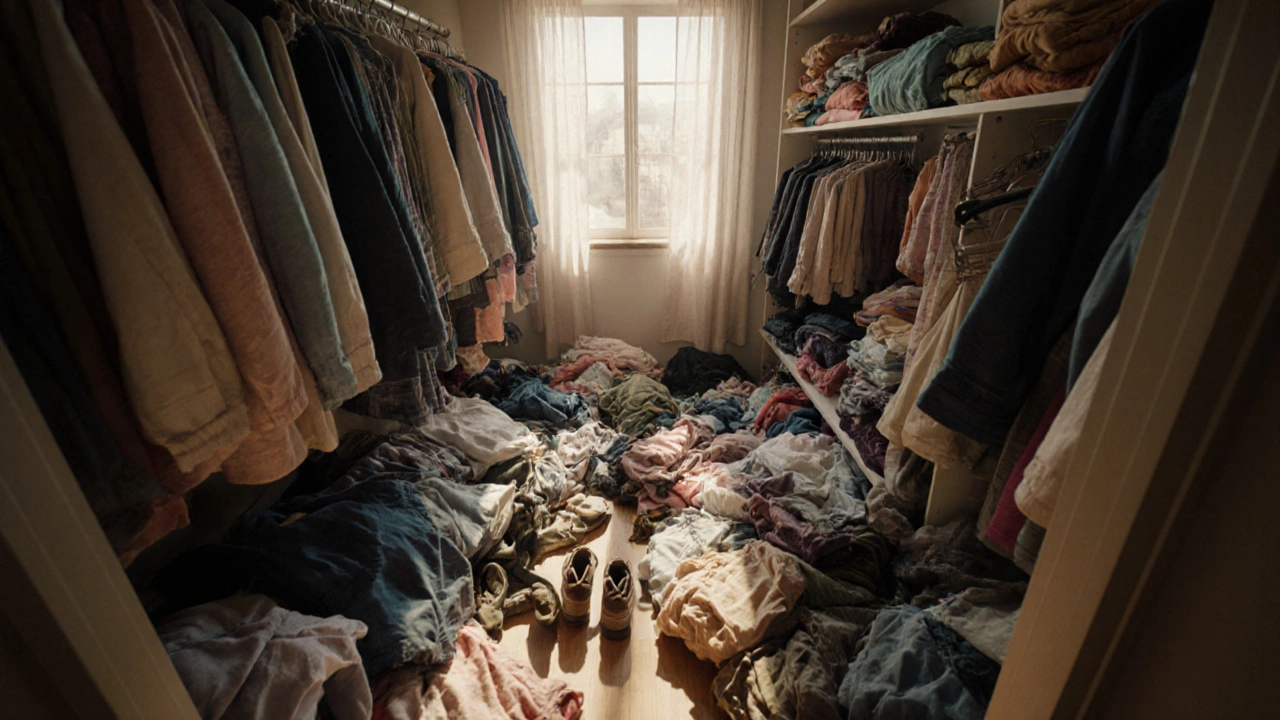Decluttering: Simple Systems for a Tidy Home
When tackling decluttering, the process of removing excess items to create usable space and calm. Also called home organization, it’s a key habit for anyone who wants a more functional living area. One popular framework is the 90/90 rule, which suggests spending 90 seconds deciding if an item belongs in a space and then committing to keep it for at least 90 days. Another well‑known approach is the KonMari method, a philosophy that asks you to keep only things that spark joy. Both systems require habit formation and a clear mental model of what you value. In practice, decluttering often leads to a more minimalist lifestyle, which in turn makes a capsule wardrobe feel doable and sustainable.
How Decluttering Connects to Minimalism, Wardrobes, and Daily Routines
Decluttering encompasses the 90/90 rule and the KonMari method, while also requiring consistent habit formation. Minimalism influences the way you choose a capsule wardrobe, because a smaller collection of garments works best when each piece serves multiple functions. A capsule wardrobe supports sustainable fashion by reducing waste and simplifying daily outfit decisions. The 33‑piece wardrobe and the 333 capsule are variations that break down the idea into specific item counts, giving you a concrete target to aim for. By aligning decluttering with these wardrobe systems, you get a clear visual cue of progress: empty drawers become a sign that you’ve let go of clutter, and a tidy closet shows you’ve applied a minimalist principle. Habit formation plays a crucial role here—spending just a few minutes each day to put items back, or to run the 90/90 test, turns a one‑off purge into a lasting routine.
Below you’ll find a curated mix of articles that walk you through every step of the process. Whether you’re a complete beginner who needs a quick 90‑second test, a seasoned KonMari fan looking for advanced tips, or someone curious about how a 33‑piece capsule can fit into a small apartment, the collection has something for you. We also cover how to keep your decluttering momentum going, how to blend minimalist aesthetics with urban chic, and how to measure the impact of a tidy space on your daily mood. Dive in, and you’ll see how each method builds on the others to create a home that feels light, organized, and ready for anything.
12‑12‑12 Decluttering Rule Explained for a Capsule Wardrobe
Posted by Eamon Lockridge on Oct, 23 2025

Learn the 12‑12‑12 rule for decluttering and how it creates a streamlined capsule wardrobe. Follow a clear step‑by‑step guide, see real examples, and avoid common pitfalls.
